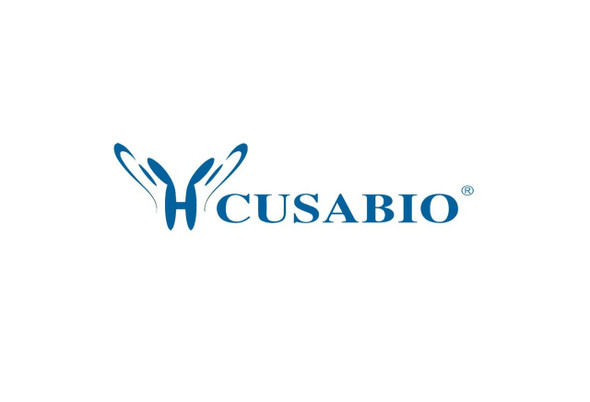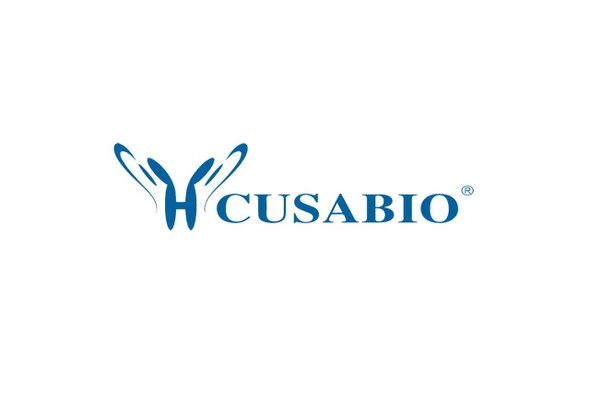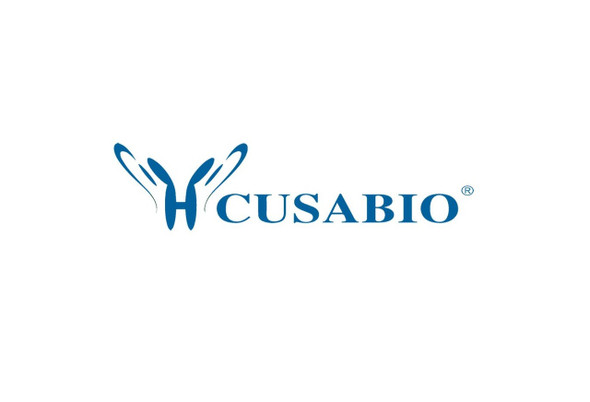Cusabio Mouse Recombinants
Recombinant Mouse Merlin (Nf2), partial | CSB-EP015741MO1
- SKU:
- CSB-EP015741MO1
- Availability:
- 3 - 7 Working Days
Description
Recombinant Mouse Merlin (Nf2), partial | CSB-EP015741MO1 | Cusabio
Alternative Name(s): Moesin-ezrin-radixin-like protein (Neurofibromin-2) (Schwannomin) (Nf-2)
Gene Names: Nf2
Research Areas: Cancer
Organism: Mus musculus (Mouse)
AA Sequence: MAGAIASRMSFSSLKRKQPKTFTVRIVTMDAEMEFNCEMKWKGKDLFDLVCRTLGLRETWFFGLQYTIKDTVAWLKMDKKVLDHDVSKEEPVTFHFLAKFYPENAEEELVQEITQHLFFLQVKKQILDEKVYCPPEASVLLASYAVQAKYGDYDPSVHKRGFLAQEELLPKRVINLYQMTPEMWEERITAWYAEHRGRARDEAEMEYLKIAQDLEMYGVNYFTIRNKKGTELLLGVDALGLHIYDPENRLTPKISFPWNEIRNISYSDKEFTIKPLDKKIDVFKFNSSKLRVNKLILQLCIGNHDLFMRRRKADSLEVQQ
Source: E.coli
Tag Info: N-terminal 6xHis-Trx-tagged
Expression Region: 1-320aa
Sequence Info: Partial
MW: 55.9 kDa
Purity: Greater than 85% as determined by SDS-PAGE.
Relevance: Probable regulator of the Hippo/SWH signaling pathway, a signaling pathway that plays a pivotal role in tumor suppression by restricting proliferation and promoting apoptosis. Along with WWC1 can synergistically induce the phosphorylation of LATS1 and LATS2 and can probably function in the regulation of the Hippo/SWH signaling pathway. May act as a membrane stabilizing protein. May inhibit PI3 kinase by binding to AGAP2 and impairing its stimulating activity. Suppresses cell proliferation and tumorigenesis by inhibiting the CUL4A-RBX1-DDB1-VprBP/DCAF1 E3 ubiquitin-protein ligase complex. Plays a role in lens development and is required for complete fiber cell terminal differentiation, maintenance of cell polarity and separation of the lens vesicle from the corneal epithelium.
Reference: "Schwann cell hyperplasia and tumors in transgenic mice expressing a naturally occurring mutant NF2 protein." Giovannini M., Robanus-Maandag E., Niwa-Kawakita M., van der Valk M., Woodruff J.M., Goutebroze L., Merel P., Berns A., Thomas G. Genes Dev. 13:978-986(1999)
Storage: The shelf life is related to many factors, storage state, buffer ingredients, storage temperature and the stability of the protein itself. Generally, the shelf life of liquid form is 6 months at -20?/-80?. The shelf life of lyophilized form is 12 months at -20?/-80?.
Notes: Repeated freezing and thawing is not recommended. Store working aliquots at 4? for up to one week.
Function:
Involvement in disease:
Subcellular Location:
Protein Families:
Tissue Specificity:
Paythway:
Form: Liquid or Lyophilized powder
Buffer: If the delivery form is liquid, the default storage buffer is Tris/PBS-based buffer, 5%-50% glycerol. If the delivery form is lyophilized powder, the buffer before lyophilization is Tris/PBS-based buffer, 6% Trehalose, pH 8.0.
Reconstitution: We recommend that this vial be briefly centrifuged prior to opening to bring the contents to the bottom. Please reconstitute protein in deionized sterile water to a concentration of 0.1-1.0 mg/mL.We recommend to add 5-50% of glycerol (final concentration) and aliquot for long-term storage at -20?/-80?. Our default final concentration of glycerol is 50%. Customers could use it as reference.
Uniprot ID: P46662
HGNC Database Link: N/A
UniGene Database Link: N/A
KEGG Database Link: N/A
STRING Database Link: N/A
OMIM Database Link: N/A






